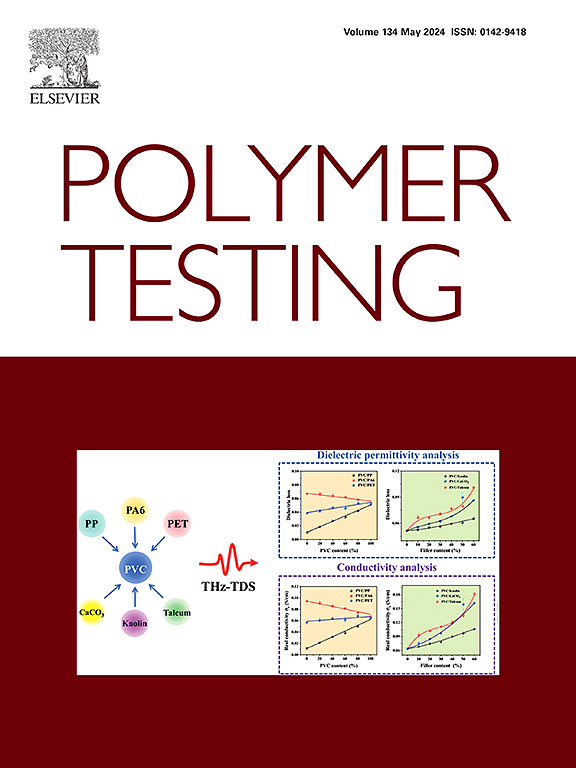Nano silica and meso silica extracted from rice husk waste utilized for enhancing leather properties
IF 5
2区 材料科学
Q1 MATERIALS SCIENCE, CHARACTERIZATION & TESTING
引用次数: 0
Abstract
The final stage of the leather manufacturing process, known as leather finishing, is what gives leather its final qualities and aesthetic appeal. Applying solvents and binders that can interact with crust leather's surface to change its chemical composition and enable the fixation of colors and dyes is the finishing process. To obtain great performance, the finishing must be extremely compatible. Therefore, this study focused on the extraction of the nanoparticles from rice husk waste for using in leather finishing which can be the sustainable materials that not only enhance the quality and performance of leather but also led to the waste minimization. The highly active, polar, porous, and huge interior area of biogenic silica nanoparticles and mesoparticles make them an excellent substitute for manufactured silica. Meso-silica and nano silica has been extracted from the rice husk by sol-gel method. A comprehensive array of assessments, encompassing FTIR, TGA, SEM, DLS, XRD, Zeta Potential, water vapor permeability, tensile strength, color rub fastness, color fastness to water, finish film adhesion test, adhesion strength of finish film, resistance to water spotting, heat resistance test, lastometer test, percentage of silica yield and percentage of elongation at break was conducted to thoroughly evaluate the performance of meso silica, nano silica and leather finished with both the nano particles as well as without nanoparticles. The performance of leather finished with nanoparticles also compared with each other and conventionally finished leather. The findings revealed satisfactory physical and analytical characteristics of the nano silica and meso silica finished leather.
求助全文
约1分钟内获得全文
求助全文
来源期刊

Polymer Testing
工程技术-材料科学:表征与测试
CiteScore
10.70
自引率
5.90%
发文量
328
审稿时长
44 days
期刊介绍:
Polymer Testing focuses on the testing, analysis and characterization of polymer materials, including both synthetic and natural or biobased polymers. Novel testing methods and the testing of novel polymeric materials in bulk, solution and dispersion is covered. In addition, we welcome the submission of the testing of polymeric materials for a wide range of applications and industrial products as well as nanoscale characterization.
The scope includes but is not limited to the following main topics:
Novel testing methods and Chemical analysis
• mechanical, thermal, electrical, chemical, imaging, spectroscopy, scattering and rheology
Physical properties and behaviour of novel polymer systems
• nanoscale properties, morphology, transport properties
Degradation and recycling of polymeric materials when combined with novel testing or characterization methods
• degradation, biodegradation, ageing and fire retardancy
Modelling and Simulation work will be only considered when it is linked to new or previously published experimental results.
 求助内容:
求助内容: 应助结果提醒方式:
应助结果提醒方式:


